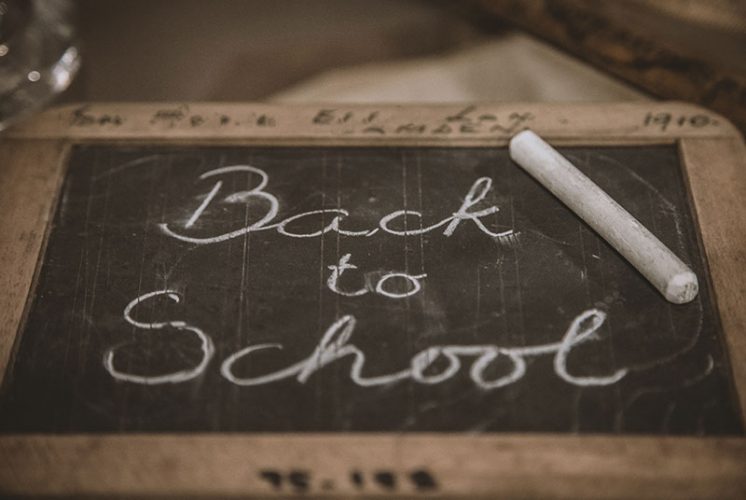

Back to school is right around the corner, and for many, the upcoming school year is the beginning to a “real”, full, in-person school year for the first time since 2019. As a parent, you may be feeling some anxiety or overwhelm about sending a child or teen who struggles with organization, time management, getting homework started and completed, and turning it in. I offer some tips to help get your child or teen on the right track for a successful school year.
As always, you can also fill out my questionnaire and schedule a phone call to see if one on one services are appropriate for your child or teen. I also have upcoming online classes for Middle and High School students, and a self-paced online course for parents of elementary aged children and one for parents and teens for Middle and High School.




Copyright 2024 © Kids Empowered 4 Life. All rights Reserved.
All information on the Website is presented as informational only and is not a replacement for therapy assessment, diagnosis, intervention, or medical advice. The information provided on the Website is provided “as is” without any representations or warranties, express or implied. Kids Empowered 4 Life assumes no responsibility for errors or omissions that may appear in the Website.